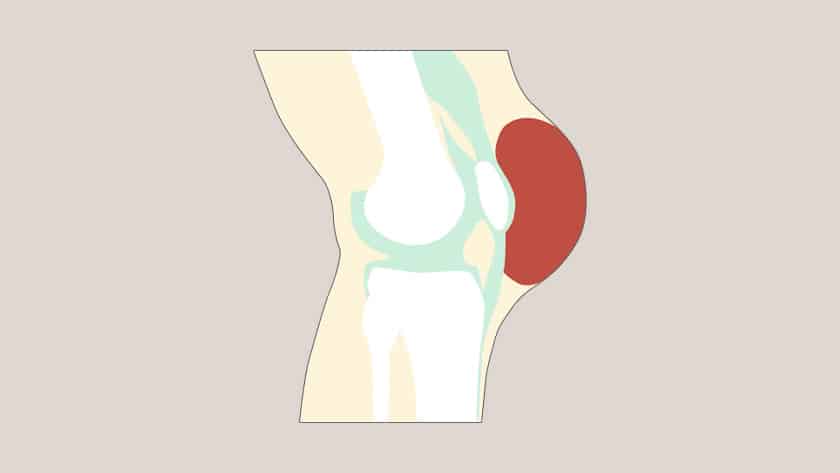
Bursitis (bur-SY-tis) is a painful condition affecting the small, fluid-filled sacs called bursae (bur-SEE). These sacs help ease rubbing and friction between the bones, tendons, and muscles near the joints. Inflammation of the bursae usually occurs around the shoulder, elbow, hip, or knee.
Still curious? Click here to find more about what bursitis is.
Medical Treatment for Bursitis
Bursitis generally heals on its own. Applying ice and dry or moist heat, such as a heating pad or taking a warm bath, may ease the pain. Taking over-the-counter medication such as ibuprofen or naproxen sodium can relieve pain and swelling.
Temporary use of a walking cane or other devices also helps relieve pressure on the affected area.
- Medications
- Physical therapy
- Injections
- Surgery
Medications
Doctors may prescribe antibiotics, along with over-the-counter pain killers, to alleviate inflammation.
Physical therapy
Physical therapists may propose exercise plans to stretch and strengthen the muscles, thus preventing the recurrence of bursitis.
Injections
Doctors may recommend steroid shots to reduce pain and swelling. A corticosteroid drug injected into the bursa generally works quickly, and, in many cases, patients need a one-time injection only.
Surgery
Surgery is rarely needed to treat bursitis. Doctors may recommend this option when all other treatments fail. The doctor either drains or altogether remove the affected bursa.
Still curious? Click here to find more medical treatments for bursitis.
What do the experts say?
Dr. Hervé Damas notes that CBD is an effective treatment for joint-related ailments such as bursitis.
Medical studies suggest that CBD is a useful option for treating bursitis.
